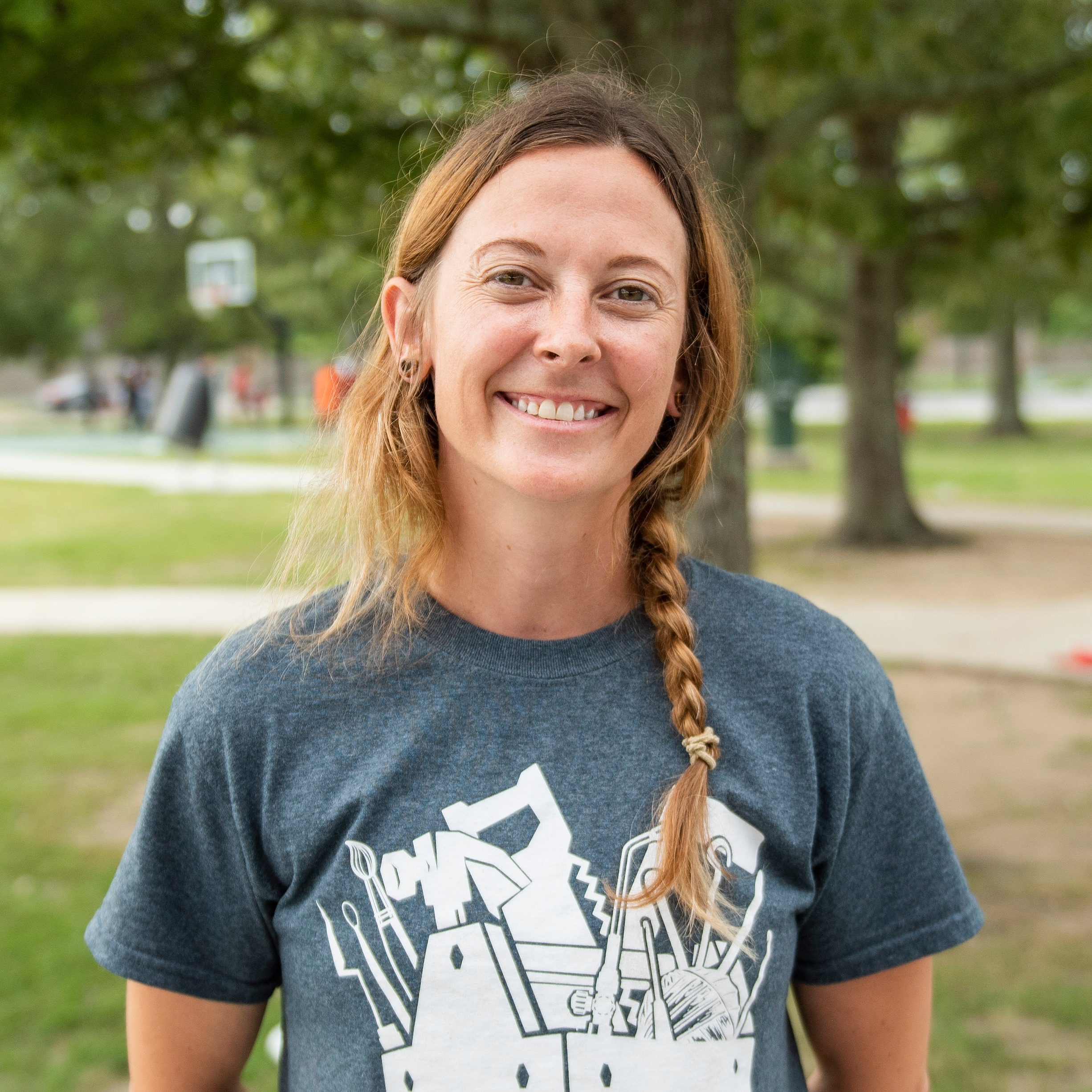Hello everyone!
I’m Sarah Amacker and I am the communications coordinator for the LSU Museum of Art. Part of my role at the museum is documenting events and exhibitions via social media and other marketing outlets. This summer I got to see the Neighborhood Arts Project in action. Kids in our community created beautiful artworks which Mary Ratcliff used to create the installation, Gather and Grow, now currently on view at the LSU Museum of Art. I got a chance to talk to her about how this installation came about and her artistic process in its development.
Hi Mary! Can you tell us a little about yourself and how you became involved in Neighborhood Arts Project at LSU Museum of Art?
I am an LSU Sculpture Graduate student about to enter my second year. Because of my interests in Arts Education and community-based artwork, I interned last fall with Grant Benoit in the Education Department of LSU Museum of Art. I was excited to learn that their programming extends into summer months and I thought this was the perfect platform, both as a new Baton Rouge resident and artist, to engage and collaborate with the local community.
Mary Ratcliff at a Neighborhood Arts Project site this summer.
The installation Gather and Grow is now on display at LSU MOA...how did the installation come together? Where did the title name come from? Did you have an idea in mind of what it would be before the summer program began or were you inspired as the weeks went by?
The title Gather and Grow describes both the elements of the installation, but also how it evolved from week to week. First, it started with the yarn. I had a plethora of beautiful yarn chains that were crocheted and donated for a community-based project I completed during a student residency a few years ago. Knowing I wanted to reintegrate these materials back into the community, I began researching various projects using yarn and that’s when the idea of creating the yarn friends came to fruition.
I envisioned a wave of these individual figures of vivid colors and textures serving as an expressive representation of the community, though the installation quickly grew beyond that idea. After week one, with already an accumulation of yarn friends, I realized I had a representation of people, but not a sense of place. That is when the other details started to unfold, including the addition of the collaged landscape paintings, which were created by Neighborhood Arts Project Assistant Samantha Combs.
The kids made various objects at the Neighborhood Arts Project (NAP) sites...what were they and what was the process of making these at the NAP sites?
My project was merely a snippet of all the art objects being created during NAP, but my focus was yarn friends and flowers. These were made from fashioning pipe cleaner structures and then embellishing them with the various yarns. I taught a few different ways to create both, but often, the children let their creativity take over and then they were teaching me!
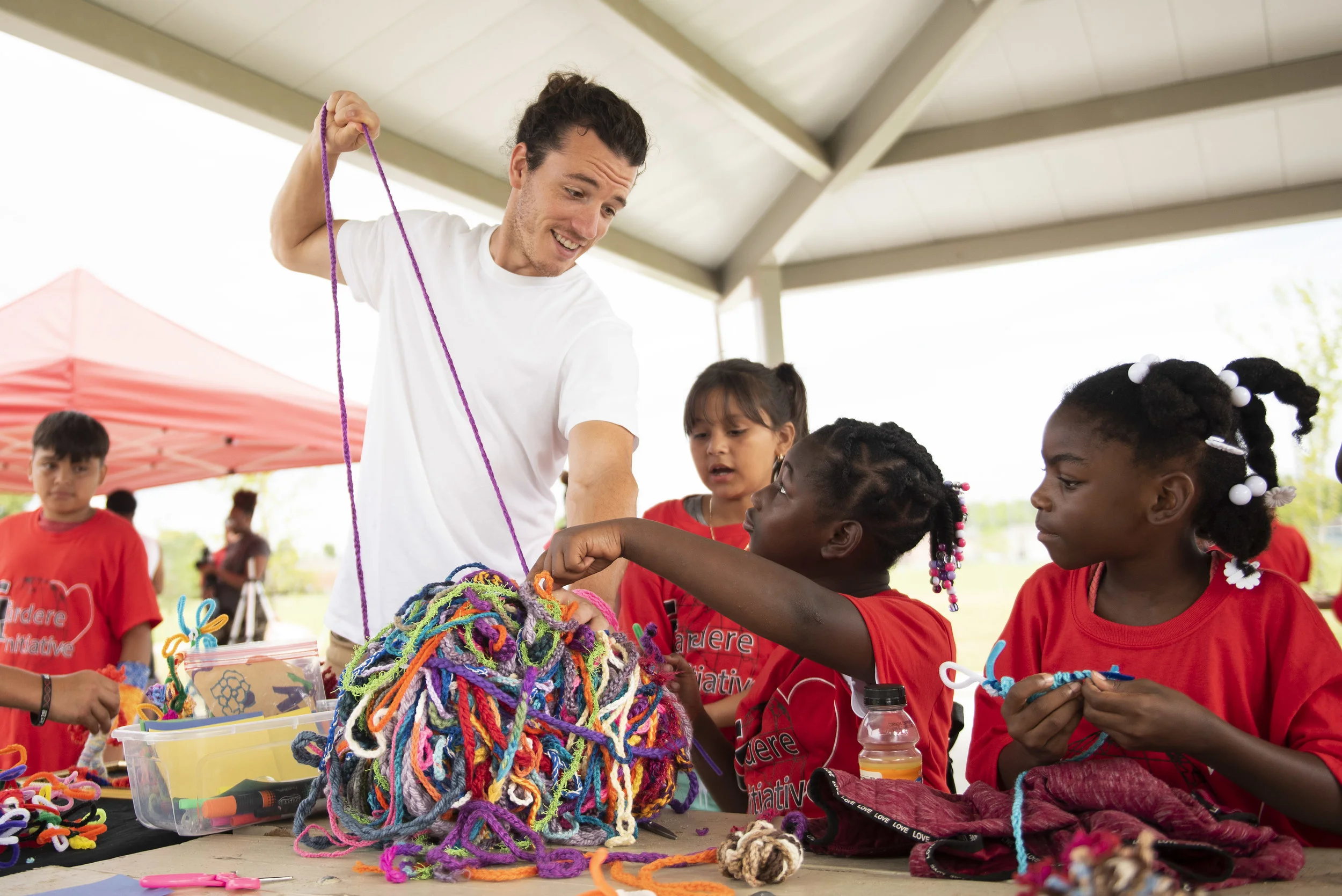

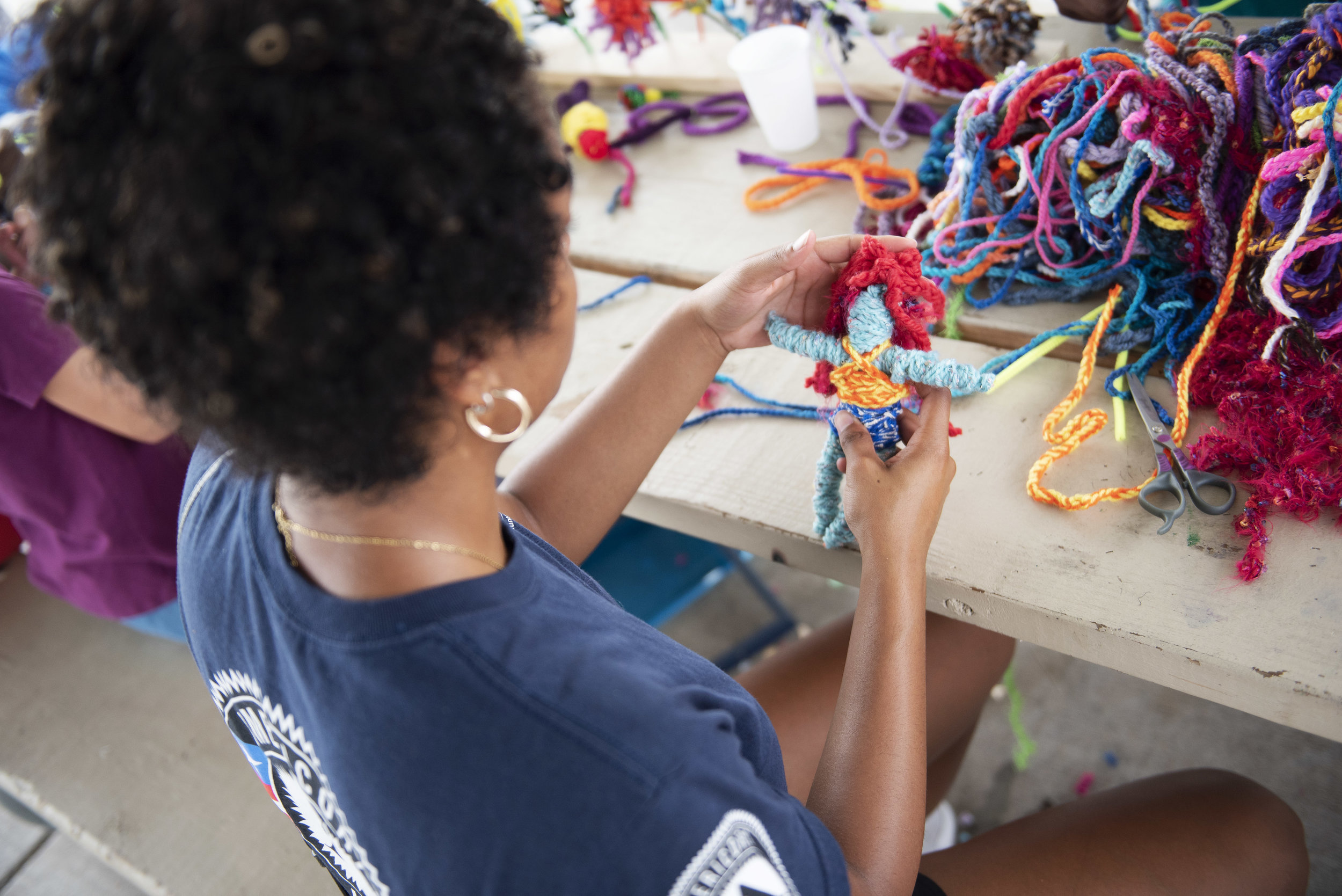
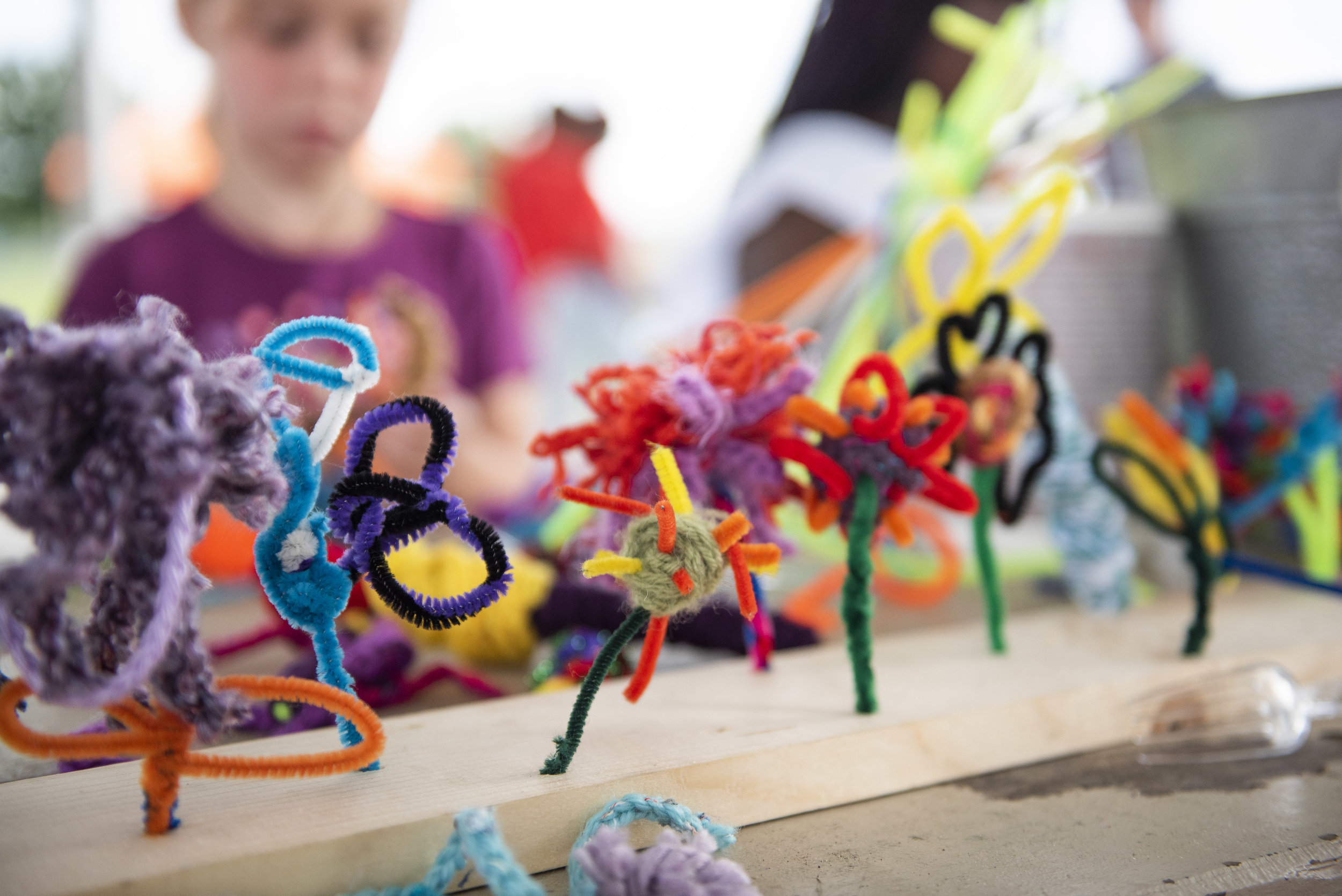
I think it's interesting how you took the kids’ drawings and made them into large pieces––for instance, their flower drawings into these large wired works. It's neat to see them at this scale with all of the other artworks the participants made. What is the message of this installation? What do you want people to get from it when they see it at the museum?
Seeking the role as a facilitator for community-based projects is rooted in my aspirations for contemporary art to be approachable and accessible. Displaying the creative work of the community in a gallery or museum space helps bridge the gap for those perceiving these places as exclusive and distant.
Fabricating the three-dimensional artworks from the drawings was an exceptionally fun aspect of the project. The over sized flowers reveal the children’s instinctive creative imaginations and I especially wanted that to be showcased. The overall goal was to evoke feelings of home and community, but also to serve as a reminder of the value and importance we should be placing on our society’s youth.
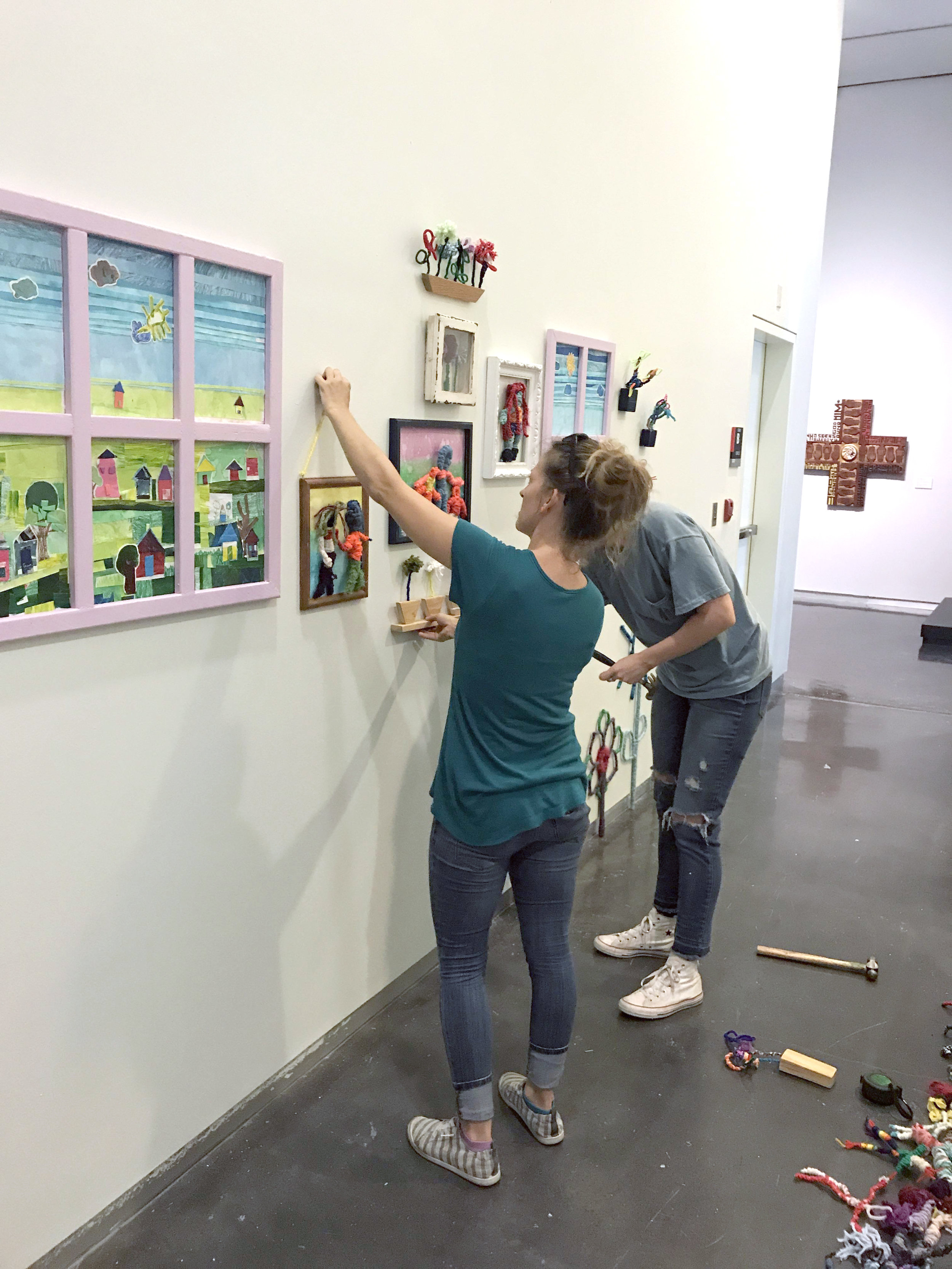
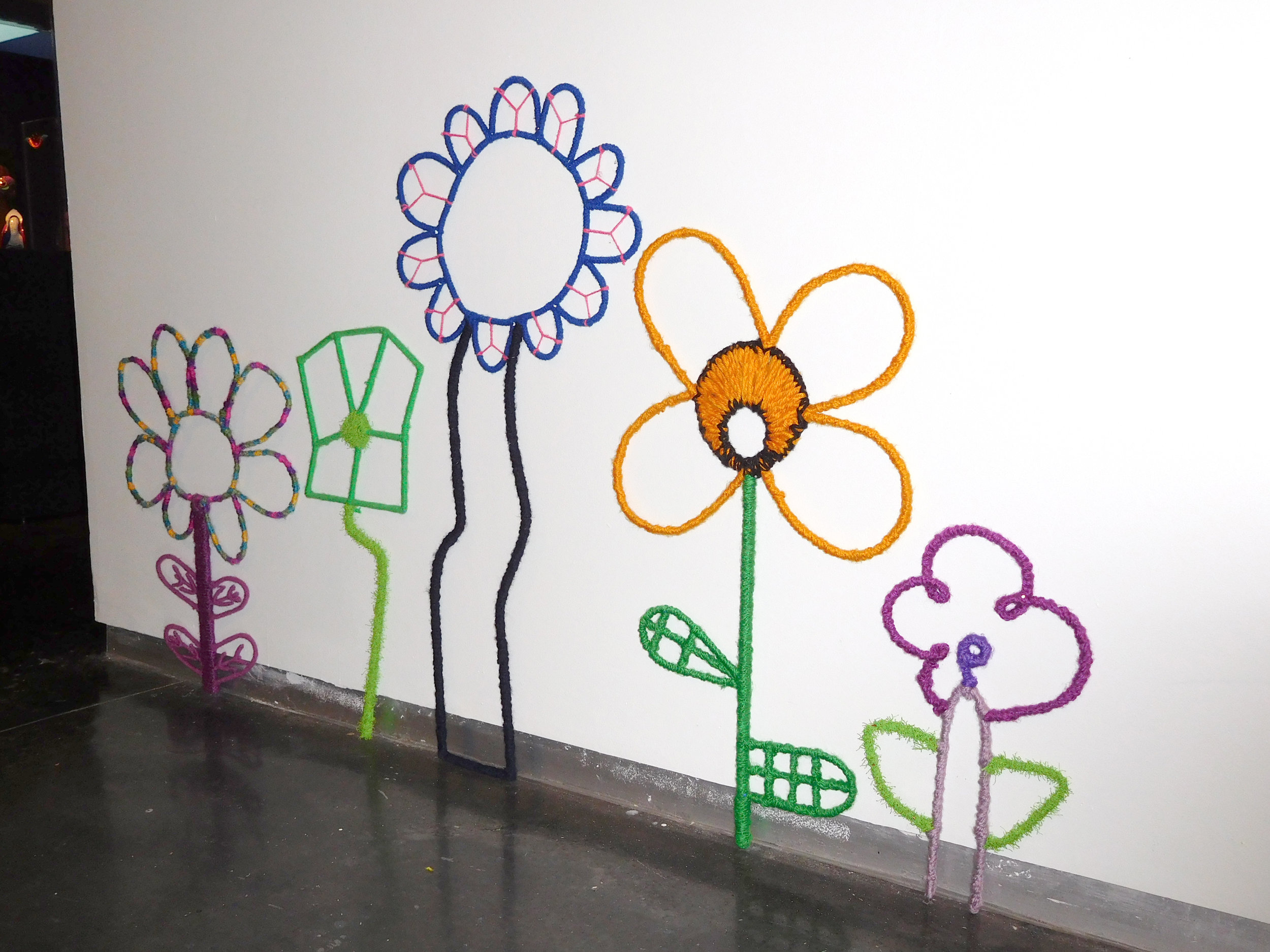
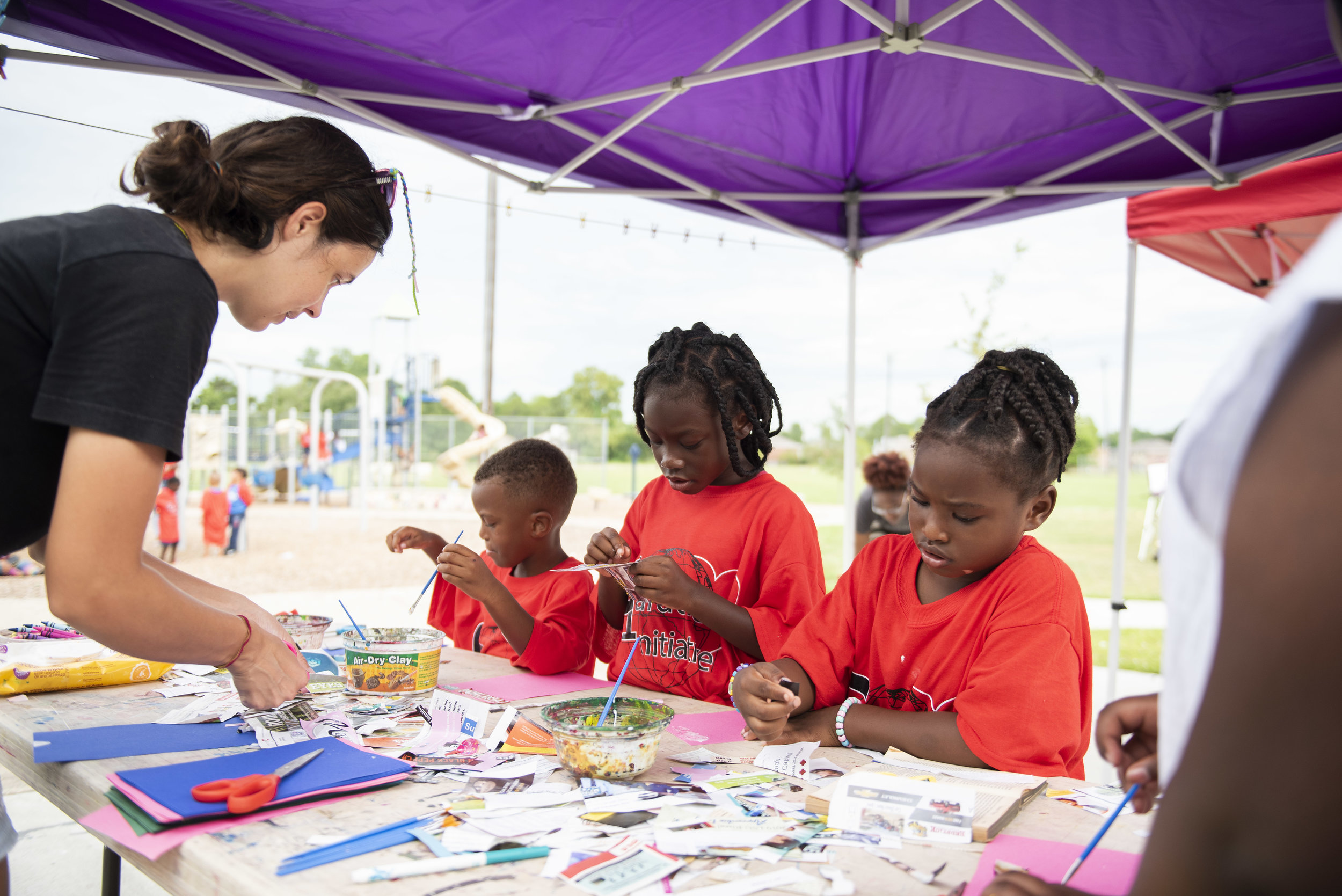
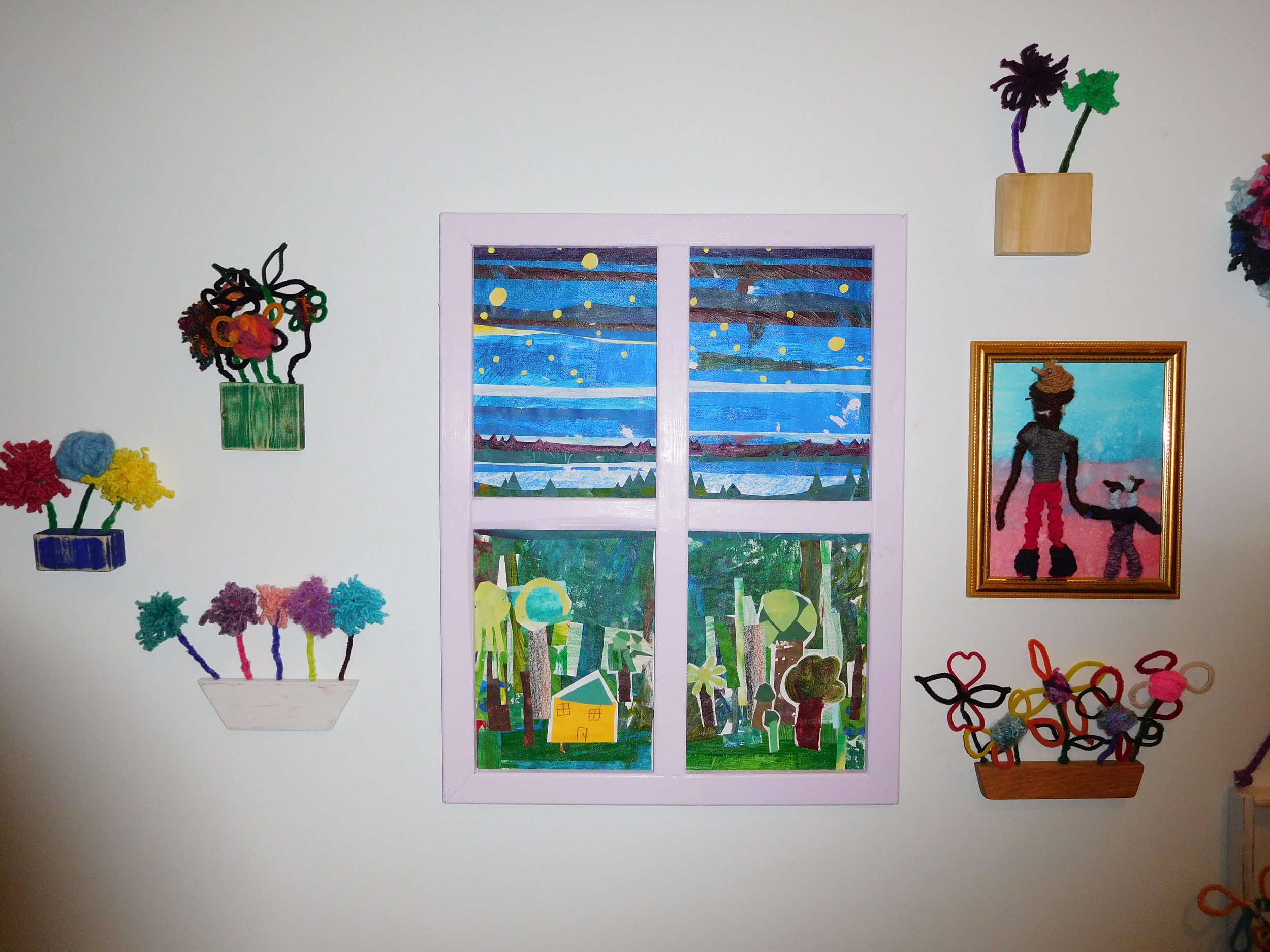
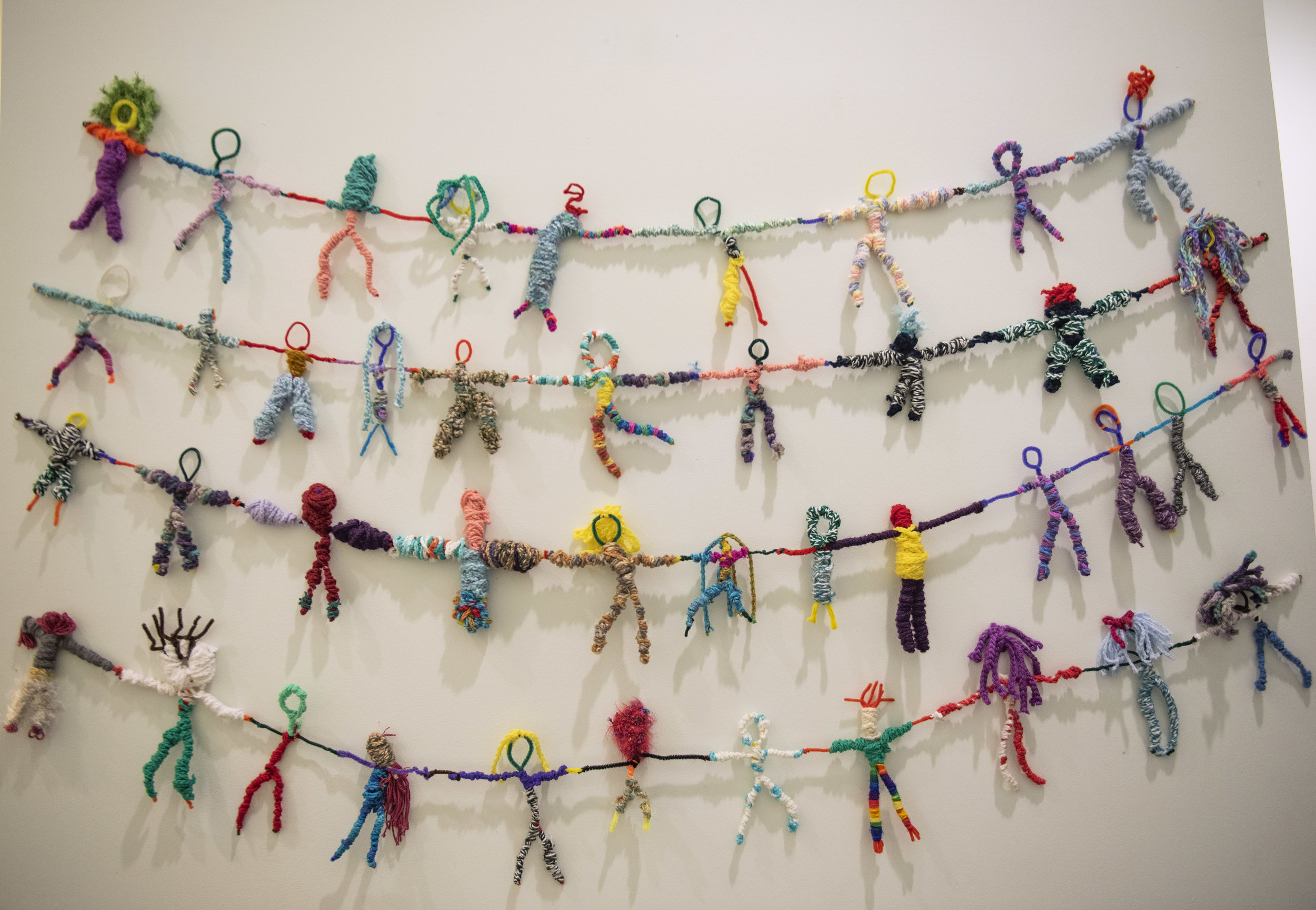
Why do you think exposing kids at an early age to art and their own creativity is important? What impact has the Neighborhood Arts Project summer program had on you as an artist yourself?
Art can vastly impact a child’s development and education by improving fine motor skills and cognitive abilities and can be used as a visual language to develop math, science, and communication skills. It also teaches children about civilizations and societies all over the world. However, I believe one of the most impactful aspects of art is cultivating creativity and free expression. Art gives children a voice, a sense of pride, and boosts self-esteem, additionally it is an outlet to begin understanding and processing their feelings.
Through the Neighborhood Arts Project summer program, I feel more engaged and connected to my new Baton Rouge community. It further validated and enhanced my aspirations of advocating and fostering children’s Arts Education. As an artist, I feel rejuvenated by the youthful, creative energies, and I was reminded of the importance of play, whimsy, and allowing the imagination to run wild!
Gather and Grow is now on view at the LSU Museum of Art in the Young Artists Gallery.
Photography by Charles Champagne

